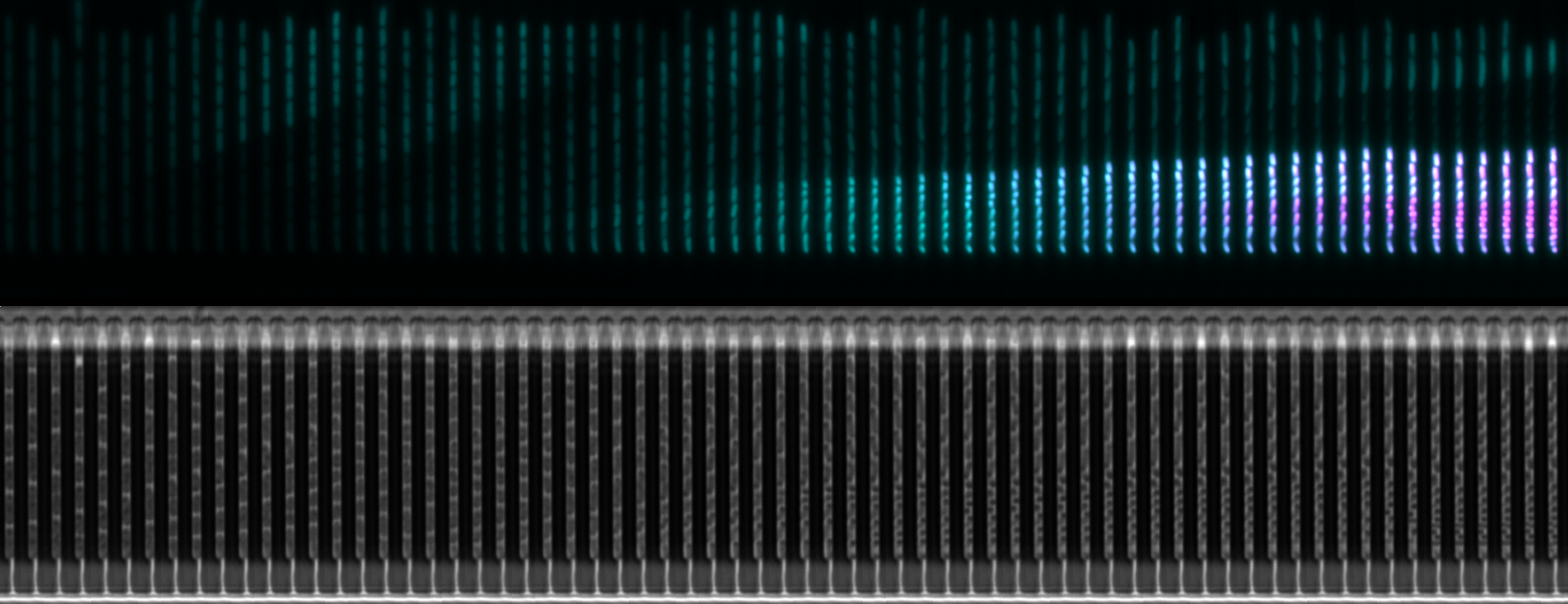Projects on the virulence associated T3SS (vT3SS)
During the initial phases of infection, Salmonella Typhimurium uses flagella‑mediated motility to reach the intestinal epithelium and initiate host cell contact. At the infection site, Salmonella employs a type III secretion system (T3SS‑1) encoded in SPI‑1 to inject effector proteins into the host cytosol, mediating bacterial uptake. Expression of these two virulence factors is heterogeneous: only a subset of cells displays a motile (flagella‑ON) or invasive (T3SS‑ON) phenotype. How their expression is coordinated at the single‑cell level remains largely uncharacterized.

The injectisome—a needle‑like T3SS—delivers toxins into host cells, but how substrates are selected from the cytoplasmic pool remains unclear. We hypothesize that vT3SS substrates undergo localized transcription and translation near the apparatus. This project combines genetics, advanced microscopy, and transcript localization assays to dissect the molecular mechanisms guiding substrate targeting to the vT3SS.